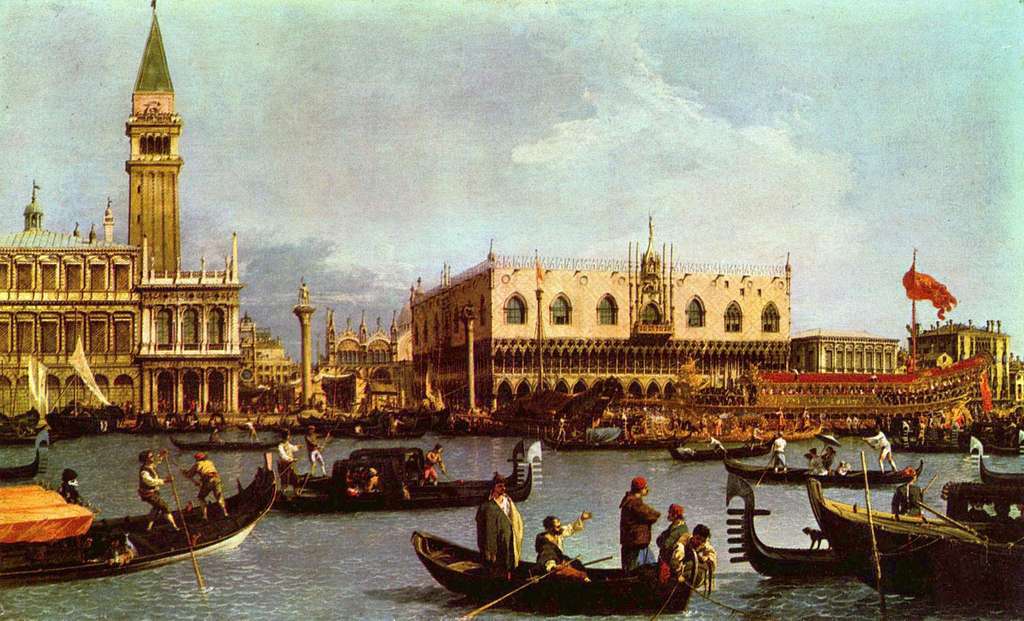The outcast, star-powered female musicians of baroque Venice

18th-Century Venice was home to four ospedali grandi, charitable institutions dedicated to addressing the needs of the poor. Founded centuries earlier, each served a distinct population: the Ospedale degl’ Incurabili took in people with syphilis and repentant prostitutes, the Ospedaletto dei Derelitti served the homeless, the Ospedale dei Mendicanti housed beggars and orphans, and the Ospedale della Pietà was for children born illegitimately.
Boys who entered these institutions trained in trades or as sailors, while girls were educated in domestic work and in music. Girls who showed talent provided music for their institutions’ church services, and some stayed and performed their entire lives. By the early 18th century, the female musicians were renowned throughout Europe, drawing crowds and generating income for their ospedali.
The musicians were shielded from their public by screens, leading audience members to fantasize that they were as physically beautiful as their music. Those few visitors who were granted permission to meet them in person often expressed dismay and horror that many were women of middle-age or older, displaying the disabilities and disfigurements one would expect in institutions for the incurable, the derelicts, the beggars and the outcasts of society.
The lives of these musicians were a study in paradox. They had agency and celebrity as musicians that few other women had but lived in poverty in regimented religious institutions, prohibited from pursuing music professionally in the outside world should they ever leave.
READ MORE about these female stars in Anne Hunter-Schuster’s blog post.
